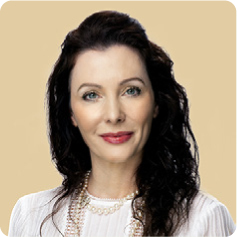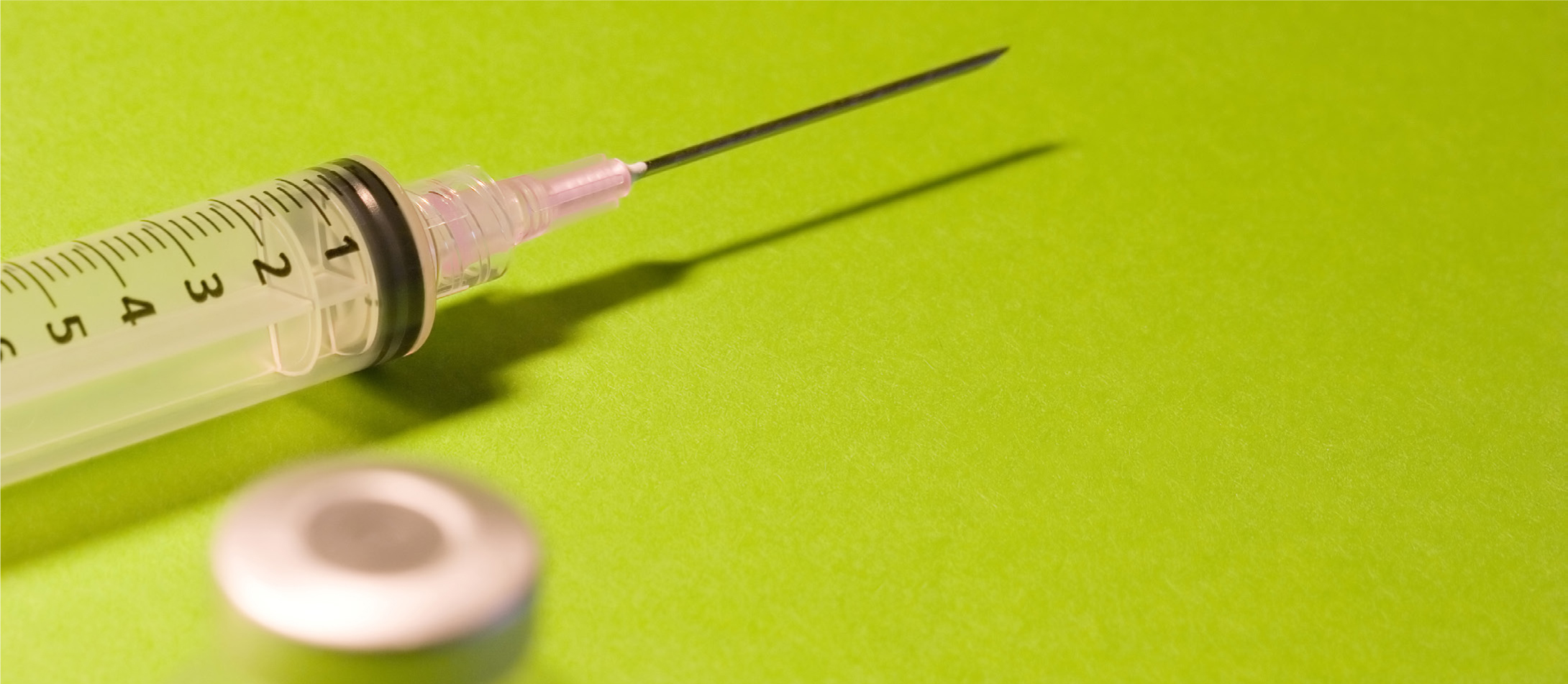References
A light on the horizon?

Abstract
Clare Amrani discusses the latest exciting updates taking place within the association, reviews the progress made in the medical aesthetics arena to move towards a more regulated profession and examines, in the light of what has taken place in other specialities, what might happen if regulations fail to work, or are simply absent

 While great effort has been deployed from within and outside the aesthetic profession to create regulations similar to other medical fields, nothing concrete has been established.
While great effort has been deployed from within and outside the aesthetic profession to create regulations similar to other medical fields, nothing concrete has been established.
The British Association of Cosmetic Nurses (BACN) is the largest platform available to nurses involved in non-surgical aesthetic treatments in the UK. This dynamic association continues to expand, and now includes over 1000 members. This is remarkable given the upheaval and closures of clinics during the COVID-19 pandemic. As we slowly emerge from the pandemic, and are stronger and more united, we have restructured the ways that regional meetings will be led.
Following the initiative, which was led by board member Lisa Feliz, the BACN has been inundated with responses from members who wish to have the opportunity to become regional leaders. This tremendous enthusiasm reflects the need, as well as the willingness, to support the regions further. Specifically, we have developed a strategy to expand the number of leads to two per region. All of this reflects truly exciting times for the BACN and, indeed, for the profession. This has been eloquently expressed by Lisa, the regional lead board coordinator, who has been instrumental in the transition, and stated how excited she is to begin working with all the fresh talent who have so much to give with the wealth and breadth of experience within medical aesthetics. This process is moving fast, and it is due to be completed by the end of October 2021.
Register now to continue reading
Thank you for visiting Journal of Aesthetic Nurses and reading some of our peer-reviewed resources for aesthetic nurses. To read more, please register today. You’ll enjoy the following great benefits:
What's included
-
Limited access to clinical or professional articles
-
New content and clinical newsletter updates each month


